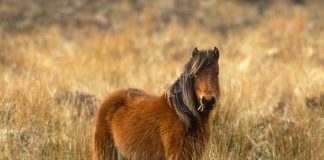The American Saddlebred has an unmistakable presence wherever the breed goes, and these horses can be found just about everywhere in the equestrian world. Though best known for their breathtaking performances in the show ring, this breed has earned devoted admirers across disciplines.
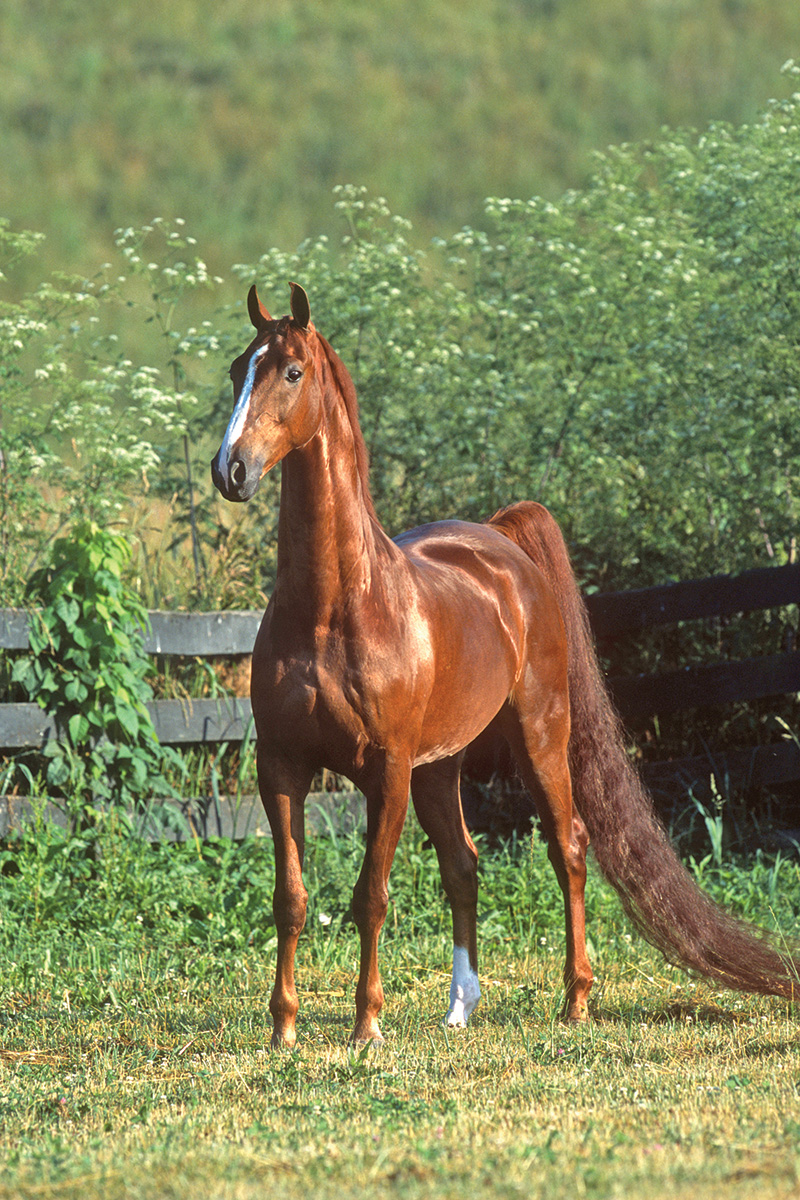
Eventing with American Saddlebreds
Kris Wallace is the owner and trainer at Columbia Equestrian Center in Columbia, Mo., where she works with a variety of breeds and teaches several disciplines. She’s developed a love of the American Saddlebred and the sport of eventing, and Wallace has earned a reputation for success in training and competing Saddlebred event horses. Among the Saddlebreds she has competed are Absolute Lionheart (known as Dan) and Cat on a Mission (Cora).
“Both of them were previously saddle seat mounts,” says Wallace. “Dan did show hunt seat and jumping with his previous owner after she realized he wasn’t going to be her saddle seat mount, but neither of them had any eventing experience. Since we’ve had them, Cora has competed up to the Novice level [2’11”] and Dan up to Preliminary [3’7″].”
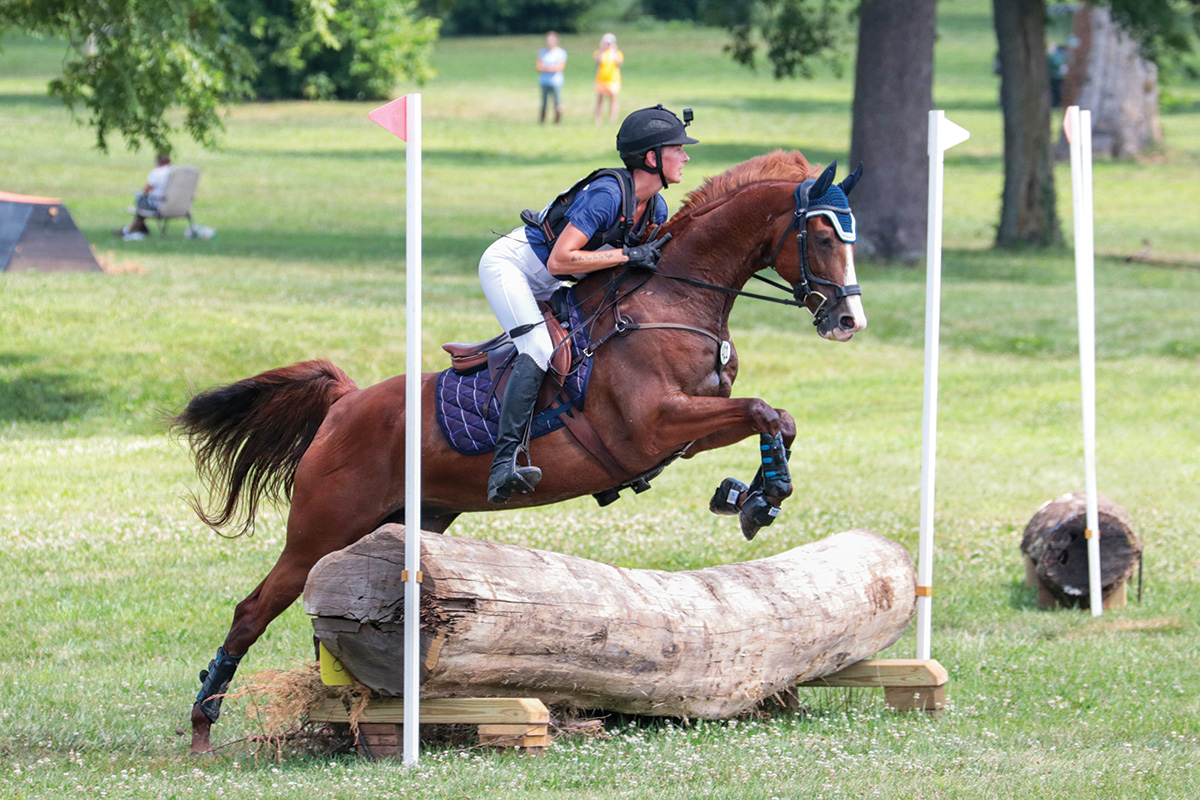
Both horses have big personalities and athleticism that have earned them fans in the competitive arena and in the barn.
“Dan loves to be the center of attention,” says Wallace. “He’s sweet, affectionate, and highly opinionated. Cross-country is his absolute favorite [eventing] phase. Cora is every bit of a red-headed mare. She acts big and bad, but secretly loves attention. When ridden, she is 100 percent business and loves to work.”
A Saddlebred for Any Role
During her junior exhibitor career, Wallace primarily rode and showed Arabians in hunter and jumper classes. She was introduced to the American Saddlebred when she attended William Woods University in Fulton, Mo., which boasts a multi-discipline equestrian program that includes many Saddlebreds. When she started her own training and lesson program after graduation, Saddlebreds were a natural fit.
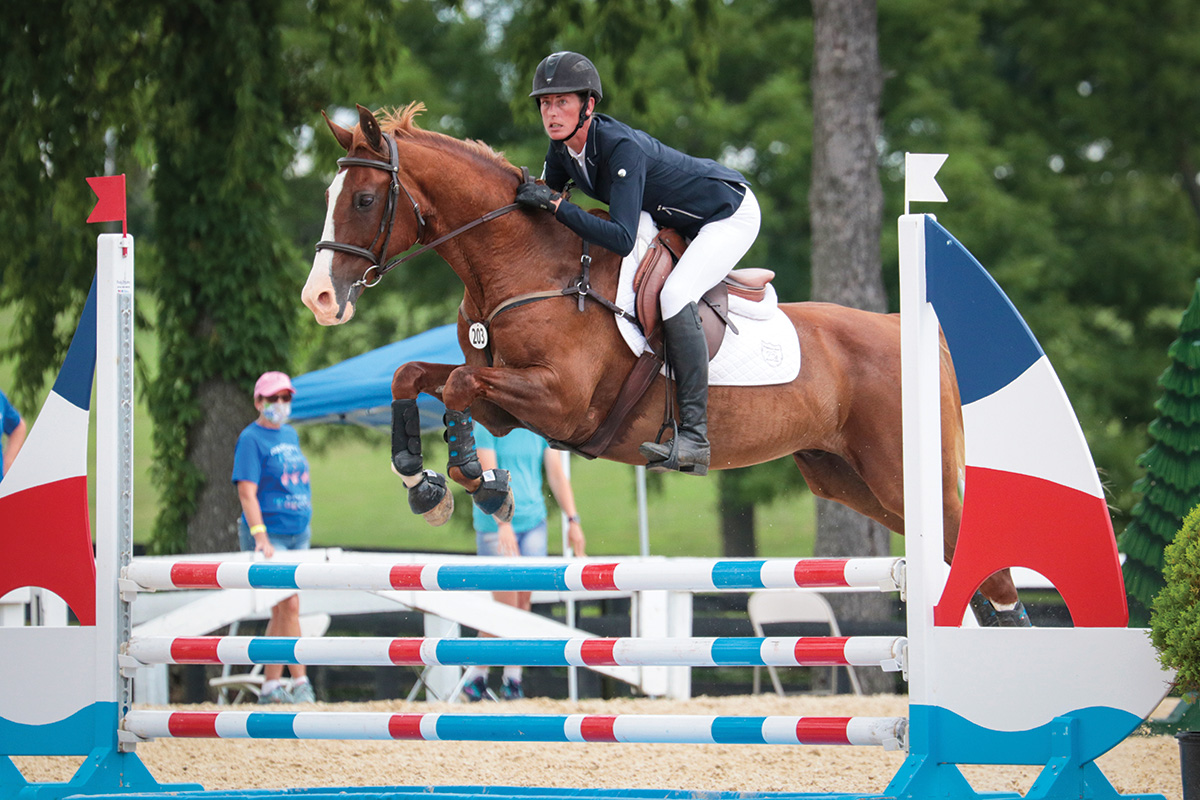
“I feel that Saddlebreds have excellent qualities as sport horses,” she says. “They are extremely athletic, trainable, and love being challenged. They tend to be forward and brave, which helps them be successful in many different sport horse arenas. Most importantly, they all have a great amount of heart that keeps them trying in any situation.”
As a trainer who works with youth and amateurs, Wallace has an eye for matching riders with horses that will help them achieve their goals and have fun doing it. She finds that Saddlebreds are often a great fit.
“I think when a Saddlebred discovers a job they love, they’re so focused on pleasing that it’s not hard for them to take care of their rider,” says Wallace. “Saddlebreds all seem to be the barn favorites, as they give their riders confidence to push themselves out of their comfort zone knowing they are on a brave, intelligent horse.”
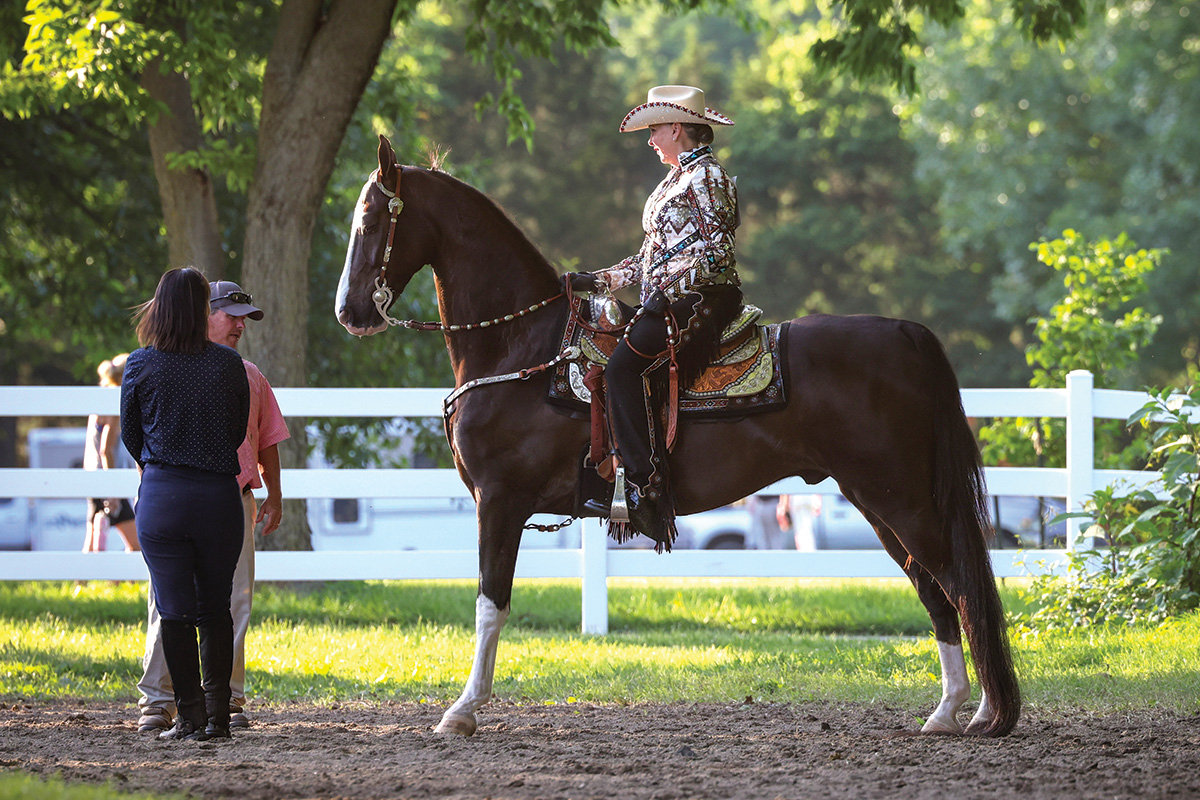
A Brief History
Originally known as the Kentucky Saddler and later the American Saddle Horse, the American Saddlebred traces its early development back to the 1700s, when colonists in North America selectively bred Thoroughbreds with a now-extinct gaited breed known as the Narragansett Pacer to produce a robust riding horse. Throughout the 1800s, breeders continued to refine the Kentucky Saddler through crosses with Thoroughbreds, Hackneys and Morgans, among others.
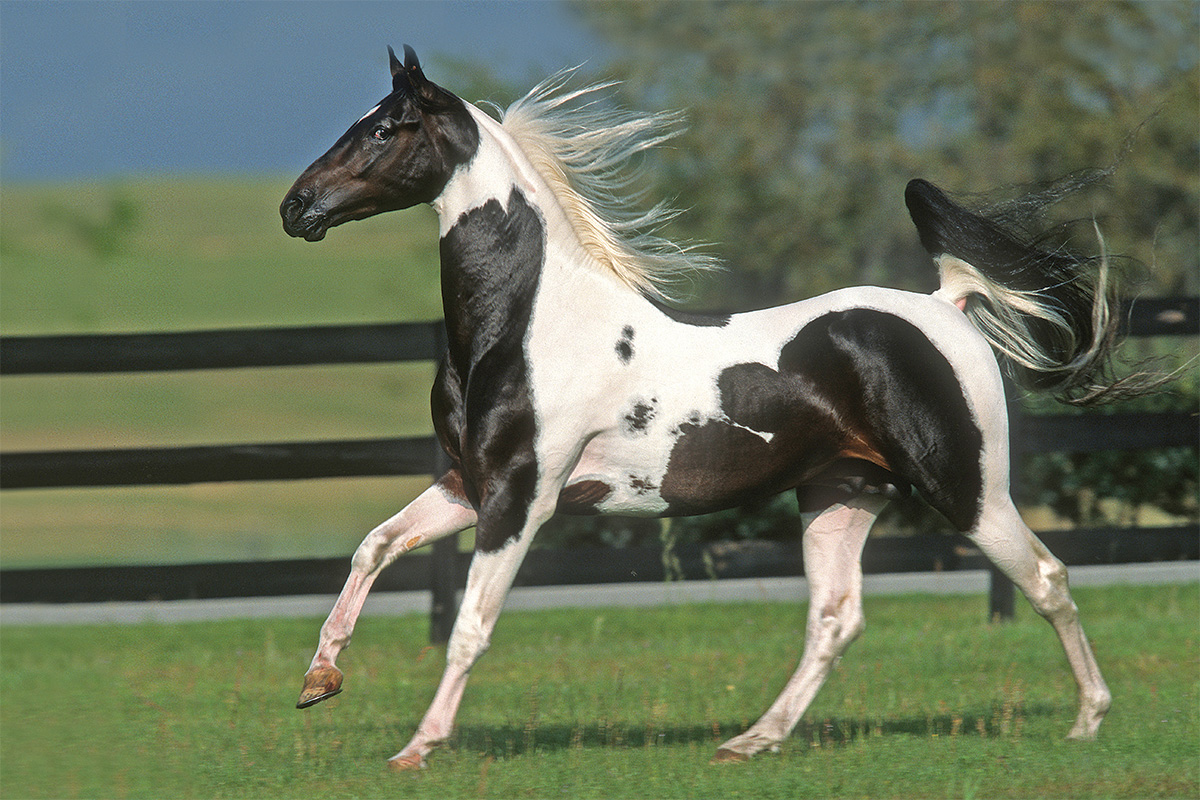
In the 19th century, Saddlers were valued as battlefield mounts for generals who prized their stamina and willingness to perform for their riders. Fortunately, the 1800s also saw the rise of horse shows in America, and during peacetime, the breed maintained its popularity in civilian life at these early exhibitions, particularly in Kentucky and Missouri.
The American Saddle Horse Breeders Association was founded as the official breed registry in 1891, and today is called the American Saddlebred Horse & Breeders Association (ASHBA). The Association has the distinction of being the first registry for a breed of horse developed in America, and continues to support and promote the beauty, athleticism, and versatility of the breed in all its modern uses.
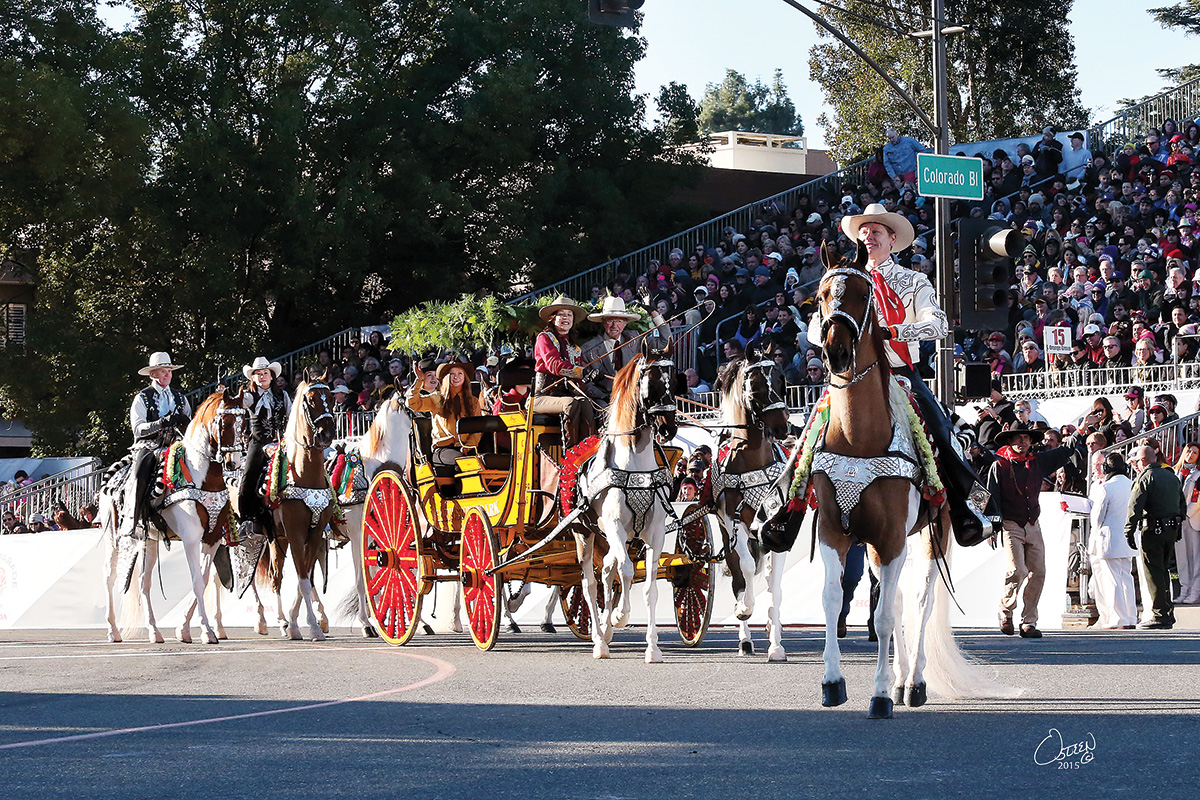
Through its annual High Point Awards Program, ASHBA recognizes American Saddlebreds and half-Saddlebreds competing in all disciplines. The American Saddlebred Versatility Association (VERSA) is a charter club of ASHBA that was incorporated in 2013. VERSA’s mission is to promote the versatile character of the American Saddlebred Horse by highlighting opportunities to compete in many equestrian disciplines and to educate the public about Saddlebred versatility.
American Saddlebred Fast FactsHeight: Typically 15.1 to 16.3 hands. Color: All colors are permitted, including pinto. Chestnut, bay, and black are most common. Gaits: All Saddlebreds can walk, trot, and canter. Some are also able to perform the slow gait and rack, which are smooth yet animated four-beat gaits. Associations: |
This article about the American Saddlebred appeared in the March 2023 issue of Horse Illustrated magazine. Click here to subscribe!




